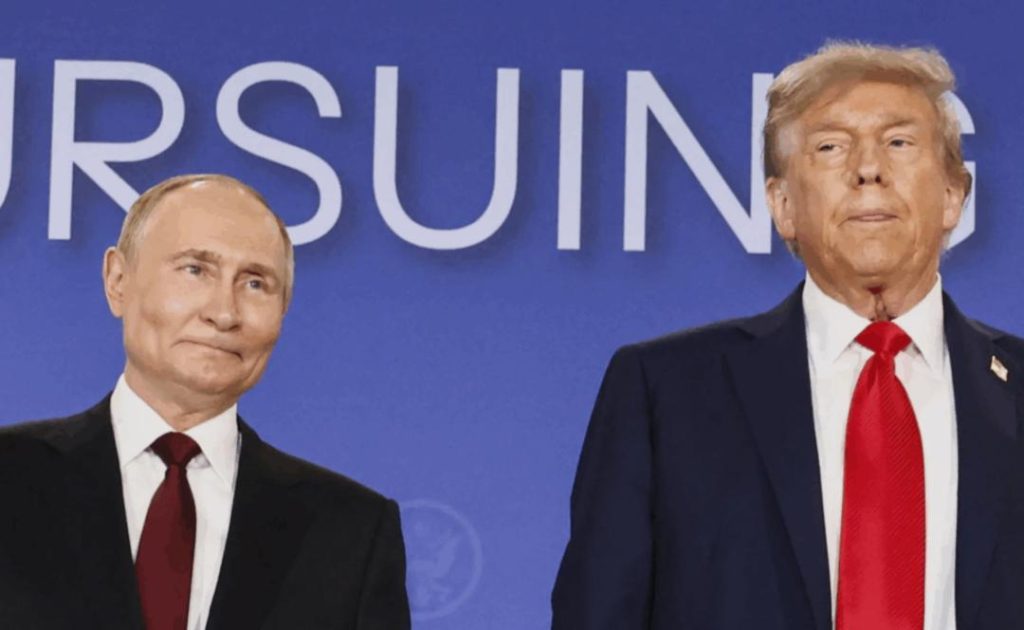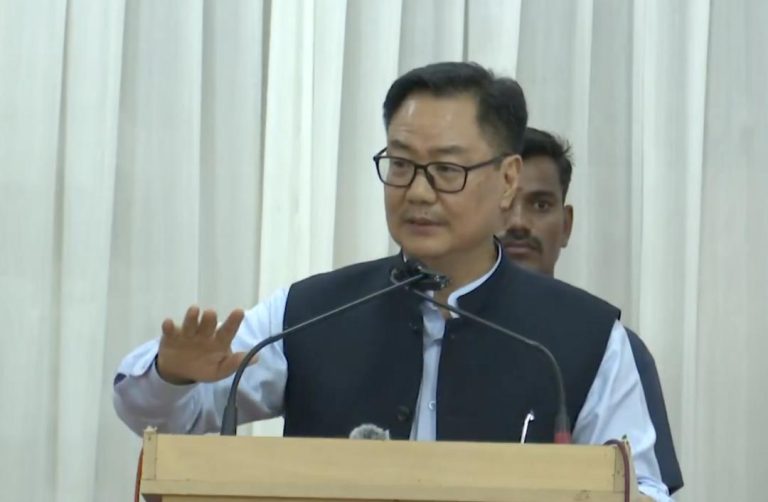
Putin vs. Trump: Key Psychological Tactics at the Alaska Summit
The much-anticipated summit between Donald Trump and Vladimir Putin in Alaska has come and gone, leaving behind a trail of mixed signals, heated debates, and a still-stalled peace process. While the world’s focus was on the policies and agreements reached (or not reached), a more intriguing aspect of the summit was the psychological game played by both leaders. In this blog post, we’ll delve into the tactics employed by Putin and Trump, revealing a fascinating clash of personalities and strategies.
Putin’s KGB-honed Silence
Vladimir Putin, a former KGB officer, is no stranger to the art of psychological manipulation. During the Alaska summit, he employed a classic tactic: silence. Putin remained mum for stretches of time, offering few words and no smiles. This approach served several purposes:
- Intimidation: By not engaging with Trump’s bombastic remarks, Putin showed that he was not easily rattled or intimidated. This is a key tactic for any negotiator, as it sets the tone for a more even-handed discussion.
- Control: Putin’s silence allowed him to maintain control over the conversation, dictating the pace and tone of the meeting. Trump’s constant talking, on the other hand, often left Putin with little opportunity to respond.
- Symbolism: Putin’s silence also carried symbolic significance. In a meeting where words are crucial, his restraint conveyed a sense of gravitas and seriousness, which is often lacking in Trump’s more flamboyant approach.
Trump’s Spectacle and Ego-Driven Theatrics
Donald Trump, on the other hand, is known for his showmanship and love of grand gestures. At the Alaska summit, he staged a spectacle that was more about ego than substance:
- Theatrics: Trump’s constant talking, including his lengthy press conferences, was a deliberate attempt to upstage Putin and steal the spotlight. This tactic is reminiscent of a showman trying to outdo his rival in a circus act.
- Ego-boosting: Trump’s emphasis on his own achievements, such as the “tremendous” progress made in the meeting, was a clear attempt to boost his own ego and reinforce his image as a strong leader.
- Home audience: Trump’s performances were largely aimed at his domestic audience, providing a narrative that he is a robust and effective leader who can take on the world’s most powerful figures.
Sidelining NATO and Excluding Ukraine
Both Putin and Trump employed a common tactic during the summit: sidelining important players and excluding key issues. NATO, a crucial ally in the region, was barely mentioned, while Ukraine, a country heavily affected by the conflict in eastern Ukraine, was not discussed at all. This omission served several purposes:
- Diversion: By avoiding sensitive topics, both leaders could focus on more palatable issues, such as trade and security agreements.
- Powerplay: Sidelining NATO and excluding Ukraine allowed Putin to assert his dominance over the region and demonstrate his willingness to ignore international norms and agreements.
- Domestic politics: Trump’s silence on Ukraine, in particular, was likely a calculated move to appease his domestic audience, which is often skeptical of foreign entanglements.
The Peace Process: Stalled Despite Global Attention
Despite the intense media scrutiny and global attention, the Alaska summit failed to produce any significant breakthroughs in the peace process. Instead, both leaders seemed more interested in playing to their respective audiences and reinforcing their own narratives.
- Symbolic gestures: Putin and Trump did engage in some symbolic gestures, such as their joint statement on the need for a more stable and peaceful world. However, these statements lacked substance and concrete action.
- No concessions: Neither leader made significant concessions, leaving the status quo largely intact. This lack of progress will likely continue to fuel tensions and instability in the region.
Conclusion
The Alaska summit between Donald Trump and Vladimir Putin was as much a psychological battle as it was a diplomatic one. Putin’s KGB-honed silence, symbolism, and authority tactics were pitted against Trump’s spectacle, ego-driven theatrics, and attempts to stage-manage the narrative. While both leaders played to their respective audiences, the outcome was a stalemate, with the peace process stalled and international tensions unresolved.
As the world waits for the next move in this ongoing game of psychological chess, one thing is clear: the Alaska summit will be remembered as a fascinating study in contrasts, highlighting the vastly different approaches employed by two leaders with distinct styles and agendas.
Source: https://www.breezyscroll.com/breezy-explainer/trump-putin-alaska-summit-psychology/






